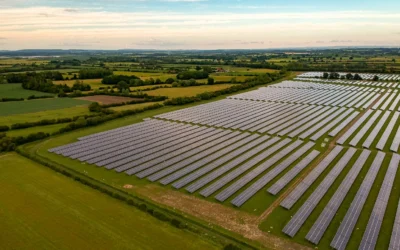A new study led by biophysicist Alison Sweeney of Yale University unveils how giant clams efficiently collect sunlight for photosynthesis for algae that reside in their tissues. The research sheds light on the symbiotic relationship between the giant clams and the algae, providing insights for advancements in solar technology and biofuel production.
Giant clams, found on coral reefs in Palau, Western Pacific Ocean, live in symbiosis with algae (genus Symbiodinium). These algae reside in vertical columns within the clam’s tissues. Previous research showed that a layer of translucent cells in the clam scatters incoming light, allowing it to illuminate these columns effectively. This optimized scattering dilutes and spreads light evenly across the algae, facilitating efficient photosynthesis deep within the tissue.
The new model developed by the researchers accounts for changes in light distribution and intensity as it passes through clam tissues. The study reveals that algae harvest low-intensity light more efficiently than high-intensity light. By structuring algae into columns separated by transparent tissues, the clams can manage light distribution more efficiently compared to a random distribution.
The clam’s ability to inflate its tissues by adjusting blood pressure allows it to optimize the spacing between algal columns in response to varying light conditions. Simulations integrating this feature aligned the modeled efficiency with observed 67%, much higher than traditional crop fields’ 3% or large solar arrays’ 20-25%.
The research suggests that understanding these biological efficiencies might aid advancements in solar technology and biofuel production. Additionally, there is speculation that boreal forests might naturally employ similar light redistribution strategies through cloud cover and tree arrangements to optimize photosynthesis.




